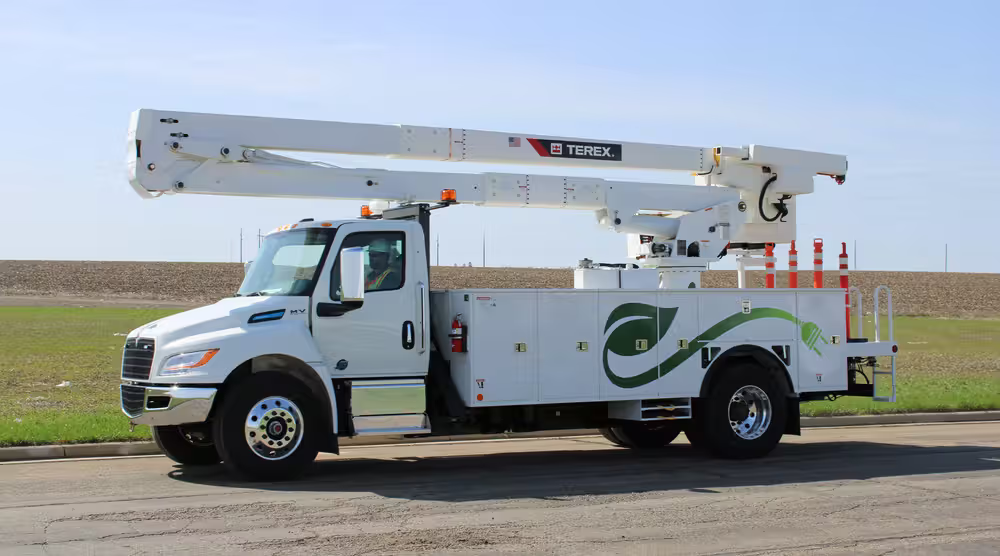
3 New EV Models that are Changing the EV Market
3 New EV Models that are Changing the EV Market
For a while now, the prospect of electrifying your fleet has only really been possible for fleets made up of passenger cars and a few other light-duty vehicles. For heavier duty fleets, electrification has not been an option quite yet. Up until now, there had been very few EV models announced that could fill this need, and production delays in recent years have kept fleets waiting even longer. To combat this, many fleets looking to enact sustainable changes have been turning to alternative fuels to cut greenhouse gas emissions and fossil fuel consumption without the help of EVs.
For fleets that have kept waiting patiently, this year has brought an exciting onset of “firsts” in the EV market. This is great news for different types of fleets, from emergency services to shipping to utilities, who now have one more option to help future-proof operations and meet long-term sustainability goals.
What’s new on the market?
Up until now, we had commonly seen electric passenger cars, city and school buses and delivery vans. Here are some of the exciting new models that are opening up possibilities for the future of EVs.
All-electric fire engine
This May, Los Angeles Fire Department unveiled the country’s very first all-electric fire engine. The new addition is an exciting feat not only for the city of Los Angeles, which has been a pioneer in fleet sustainability, but for fire departments around the country who may have questioned the feasibility of electrification before. These fire engines are made by Rosenbauer, an Austrian company, and are currently in use in Amsterdam, Berlin and Dubai as well.

Fire trucks can be energy-intensive when in use, with water pumps needing ongoing power to function for up to hours at a time. Rosenbauer’s electric fire engine has two batteries on board, as well as a diesel generator for the batteries and a backup diesel engine as a last resort. This is a great design feature for any emergency services vehicle, as many could argue that total dependance electric batteries is a bad idea in emergency situations.
Utilities bucket truck
Earlier this month, Terex Utilities debuted the industry’s first all-electric bucket truck at the Electric Utility Fleet Managers Conference in Williamsburg, Virginia. The Terex Optima features a 55-foot aerial lift and sits on a class 6/7 medium-duty chassis. The truck has a 135-mile driving range and features two electric sources to separately power the drive train and lift mechanism. Additionally, the new truck is expected to operate a full workday on a single charge.

Many utilities fleets are taking on ambitious electrification goals, with some hoping to be completely electric as soon as 2030. The launch of Terex’s all-electric bucket truck comes 2 years ahead of market projections, making it even easier for fleets to get a head start on piloting their own EVs. Xcel Energy will be the first energy company in the country to deploy these electric bucket trucks, first undergoing a six- to twelve-month pilot program.
Heavy-duty semi truck
Electrifying heavy-duty, semi-trailer trucks can be more complex and demanding due to the high payload required and the hundreds of miles driven daily. These trucks can carry 40 tons of weight and drive up to 600 miles in an 11-hour workday. All of these factors make the logistics behind vehicle design and charging strategy more difficult. Still, several companies have announced all-electric semi-trucks to enter production in upcoming years

Last month, Daimler Trucks company Freightliner unveiled their production-ready, electric heavy-duty truck, the eCascadia. Reimagined from Freightliner’s best-selling class 8 Cascadia truck, the new eCascadia provides customers with a zero-emission option for heavy-duty distribution haulage. The truck has a powerful battery with a capacity of up to 475 kWh (nearly five times the capacity of Ford F-150 Lightning trucks) and a range of 250 miles. Though the battery is quick to charge, reaching 80% in just 90 minutes, the eCascadia is best suited for short-haul routes that allow for central depot charging.
The bottom line
As electrification becomes a greater possibility for all types of fleets, the subjects of charging strategies, EV infrastructure and zero-emissions commitments become an immediate reality for fleet managers. To help navigate uncertainties, Utilimarc works with electric vehicle data to help fleets understand their best options when considering EV adoption and help track their performance going forward.
To learn how Utilimarc can help you make the most of your electric vehicle data, schedule a live demo with a member of our team.
